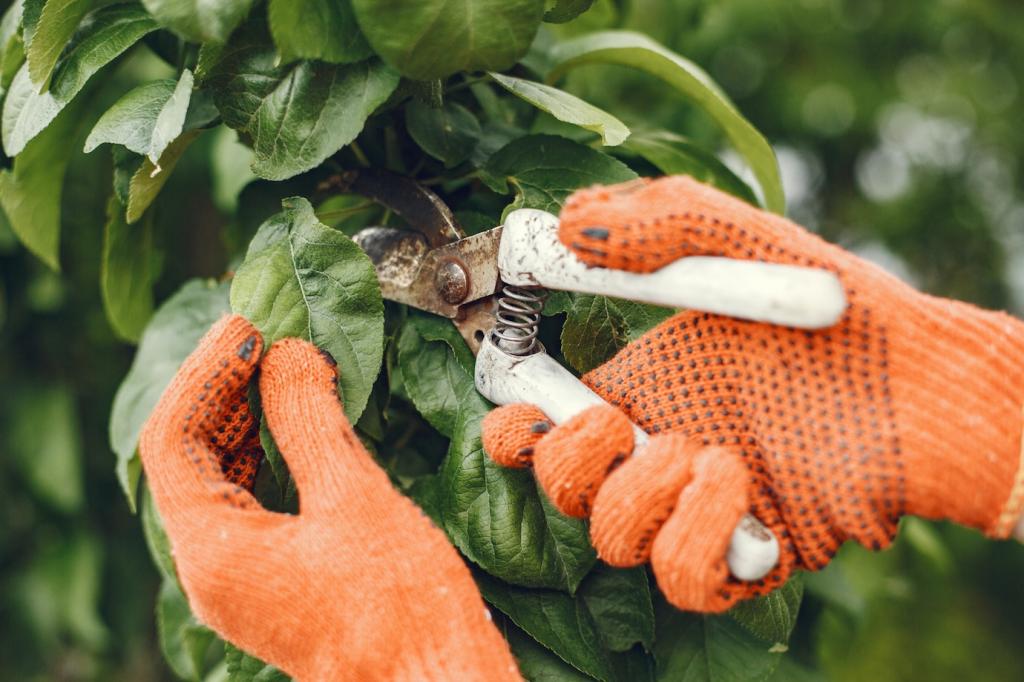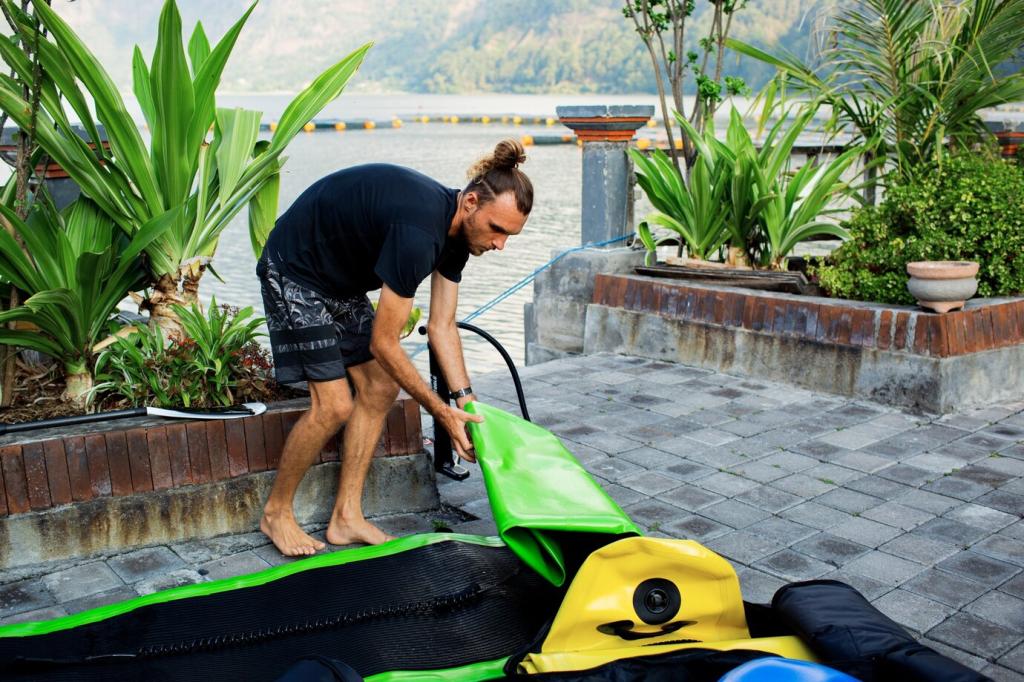Non-Toxic Solutions for Upholstery Care: Fresh, Safe, Effective
Welcome to a home where sofas feel cleaner, the air smells lighter, and every cushion invites a deep, contented breath. Chosen theme: Non-Toxic Solutions for Upholstery Care. Explore safer routines, smart ingredients, and real-life tactics that protect fabrics, pets, kids, and your peace of mind—without harsh chemicals.

Why Non-Toxic Upholstery Care Matters
Non-toxic upholstery care avoids harsh solvents, chlorine bleach, ammonia, and heavy synthetic fragrance that can irritate lungs and skin. Instead, it favors mild, pH-appropriate cleaners and simple ingredients that rinse cleanly. The result: safer touchpoints for families who lounge, snack, and nap on the same beloved cushions.
Know Your Ingredients
Look for plant-derived surfactants from coconut or sugar that lift soil without stripping fibers. For most upholstery, pH-neutral or slightly acidic formulas maintain color and texture. Always spot-test, especially on natural fibers, and avoid anything promising instant whitening—often a hint of overly aggressive chemistry.

DIY Non-Toxic Upholstery Cleaners That Work
Gentle All-Purpose Fabric Cleaner
Combine 500 ml distilled water with 1 teaspoon liquid castile soap in a spray bottle. Lightly mist onto a clean microfiber cloth, not directly on upholstery, then blot and lift soil. Rinse by wiping with a damp cloth, and dry with a towel. Avoid on wool or silk; always spot-test first.
Deodorizing Sprinkle for Cushions
Lightly sift baking soda over dry, odor-prone areas. Let it rest for thirty minutes to absorb smells, then vacuum thoroughly with an upholstery attachment. For extra freshness, open windows to improve airflow. Skip added fragrances; neutral is cleaner. Test delicate fabrics to ensure easy vacuum removal without residue.
Oxygen Boost for Colorfast Fabrics
For tough stains on colorfast materials, mix oxygen bleach (sodium percarbonate) in warm water per label. Apply with a cloth, let sit briefly, then blot and rinse with clean water. Alternatively, dab 3% hydrogen peroxide cautiously. Both can lighten dyes, so spot-test and protect surrounding fabric carefully.
Cotton, Linen, and Blends
These fibers prefer minimal moisture and gentle blotting. Use pH-neutral soap solutions and work from the stain’s edge inward to prevent spreading. Press with a dry towel to draw out moisture, and allow ample airflow. Expect slight texture shifts; grooming the fabric gently restores a uniform look.
Wool, Velvet, and Other Delicates
Cool water and wool-safe detergents protect protein fibers. For velvet, lift the pile with a soft brush before and after cleaning; avoid soaking and heavy pressure. Steam lightly from a distance to refresh shape. Skip acids like vinegar on wool and silk—they can weaken or distort delicate fibers.
Leather and Faux Leather
Wipe with a barely damp, soft cloth and a drop of castile soap, then dry immediately. Condition natural leather with a plant-based balm to prevent drying. Avoid vinegar and alcohol, which can strip finishes. For faux leather, gentle soap and water suffice; always test seams and hidden areas.
Stain Playbook: Non-Toxic Spot Strategies
01
Blot immediately with a dry cloth. Sprinkle baking soda or salt to draw out pigment, then lift with cool water and mild soap. On colorfast fabrics, follow with diluted oxygen cleaner if needed. Avoid heat, which sets stains. Patience and repeated gentle passes deliver the cleanest outcome.
02
Tannins respond to cool water and a mild soap solution. For persistent rings, try one part white vinegar to eight parts water plus a drop of soap, applied to a cloth and blotted carefully. Rinse with plain water, then dry under airflow to prevent new outlines.
03
Blot up moisture, then apply a certified non-toxic enzyme cleaner and allow recommended dwell time to break down proteins. Blot again and finish with a baking soda sprinkle once dry, vacuuming thoroughly later. Avoid masking scents; true odor removal comes from complete residue digestion and careful drying.

Prevent, Protect, and Keep It Simple
Vacuum upholstery with a soft brush, rotate cushions, and perform a quick spot check every week. Keep a microfiber cloth and a small bottle of diluted castile soap nearby for fast blotting. Commit in the comments to ten tidy minutes—small rituals prevent big, stressful cleanups later.
